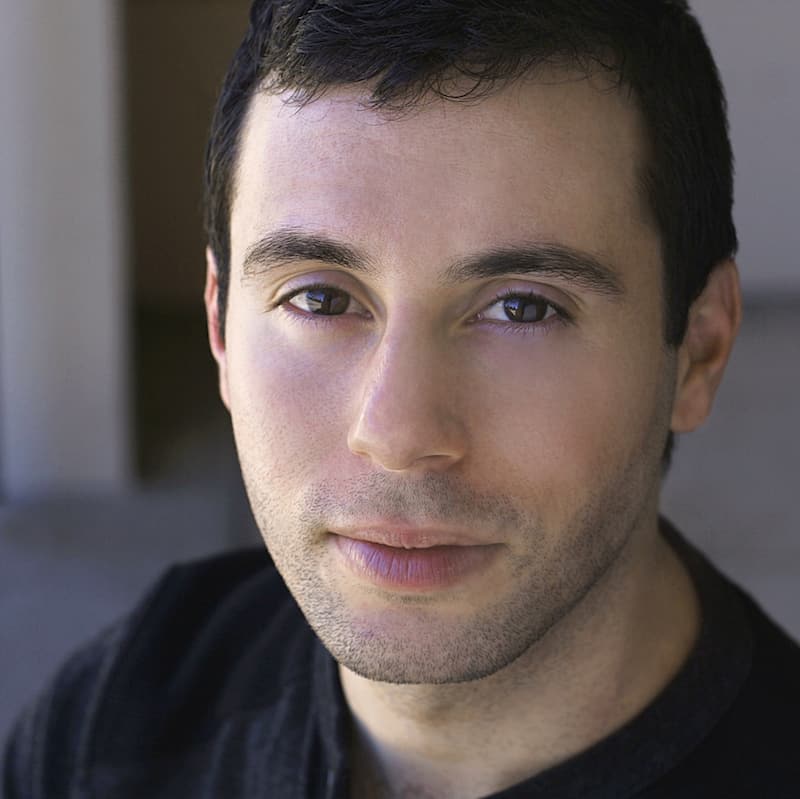Want to know what every single effect in Fairlight can do?
You’re in luck!
In this video from Chris’ Tutorials you’ll get an overview of each and every effect:
1:34 Chorus
- Creates modified, duplicated copies of the original sound for harmonic interest
4:18 De-Esser
- Reduce hissing sounds
6:54 De-Hummer
- Remove low frequency humming noises from electrical interference
8:25 Delay
- Replays audio after a delay. Delayed playback can repeat at different times for L and R channel and can have sound frequencies filtered out to make the repeat sound different than the original.
9:46 Dialogue Processor
- Combo of 6 Effects in One ~
De-Rumble, De-Pop, De-Ess, Comp, Expander, Excite - Sometimes good for changing audio but not always.
Toggle off effects as needed. More FX isn’t always better.
15:56 Distortion
- Simulate audio going through bad / old / weak technology by making the audio sound warped and unclear. Can also cut sounds from low / high frequencies.
18:10 Echo
- Repeat loop decaying over time
19:44 Flanger
- Warbling sound. Frequency of original sound will shift up and down in frequency. Possibly good for space or sci-fi?
20:49 Foley Sampler
- Add sound effects at the right time during your video by going into record mode and pressing the key for the specific sound at the right time. Requires being set up ahead of time.
22:49 Frequency Analyser
- See what frequencies the audio clip plays at.
And the decible levels for each frequency
24:07 LFE Filter
- Low Pass Filter. Requires an LFE channel to function.
24:56 Limiter
- Drops volume above a max to the maximum set by the limiter
26:03 Meter
- Adds an extra popup window for monitoring audio levels on an audio clip or channel
27:23 Modulation
- Series of built in effect presets for modying frequency, amplitude, and space modulation for your sound clip. Another way of warping the audio. Effects tend to be very ‘bouncy’ in sound.
29:04 Multiband Compressor
- Seperates audio frequencies into seperate grounds for limiting / reducing audio levels.
30:50 Noise Reduction
- Reduces background noise. Teach it with learn by playing the bad audio for a second to generate the frequency graph to target for lowering volume.
33:01 Phase Meter
Helps identify if recording is out of sync (music recording, etc)
- No signal ~ 0
- Out of Phase ~ Left
- In Phase, to the right
33:37 Pitch
- Change the pitch of the audio. High pitch = chipmunk. Low pitch = deeper voice
34:24 Reverb
- Simulate the audio being recorded in a room. Big empty rooms have lots of reverb (like a warehouse or auditorium). A bit echoey as the noise bounces around the room.
35:59 Soft Clipper
- Reduce audio volume for high volume audio but in a gradual way rather than a instantaneous drop after audio is above a certain amount (logarithmic curve?)
37:06 Stereo Fixer
- Increase / decrease volume of L R audio channels individually. Also shows monitoring of both channels
39:12 Stereo Width
- Shrink or widen the seperation between Left Right audio channels. Shrinken all the way to make mono.
~ Diffusion: Add Complexity to the output
~ Sparkle: Add more high frequencies to the spread
41:06 Surround Analyzer
- Shows which direction the sounds come from.
- Can see how all audio channels relate to each other for the audio clip / channel
42:27 Vocal Channel
- Vocal Processing
- High Pass ~ Cut out low frequency sounds below pass threshold
~ Equalizer curve graph to raise or lower volume of certain frequencies
~ compressor – reduce audio volume above a volume threshold

Gedaly is the Founder and Lead Educator of DVResolve.com and is Blackmagic Design Certified Master Trainer. He’s edited commercials for major brands and has done color & VFX for independent films. He consults on post-production workflow and creating online education. Gedaly is the co-founder of Working.Actor, a former marketing manager for large brands, and creates original film projects with his production company Razee.
